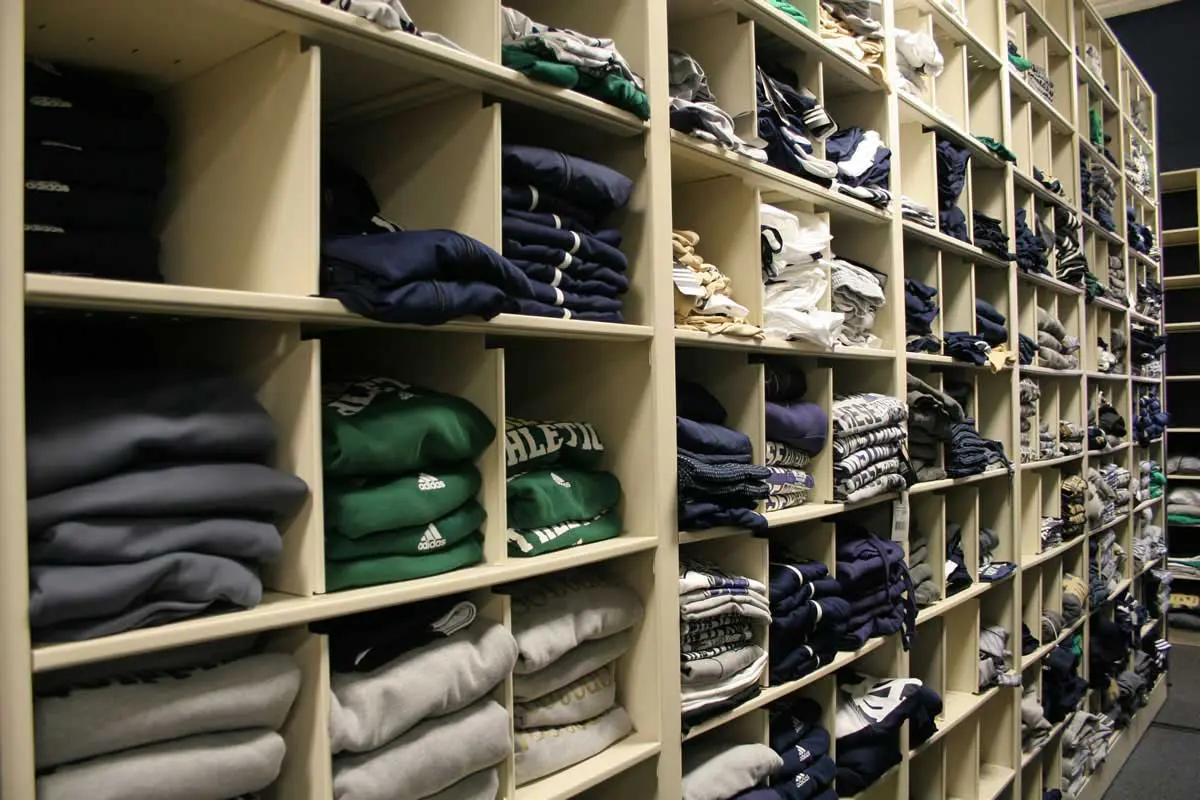
In the world of sports, equipment is more than just gear; it’s a vital part of the game. Whether you’re a weekend warrior or a dedicated athlete, sports equipment like bats, balls, helmets, and pads are essential tools of the trade. However, when not in use, this gear can quickly accumulate and create clutter. To maintain order and enhance your athletic experience, it’s crucial to organize sports equipment efficiently and have an effective system for cleaning and organizing items after use.
The Importance of Sports Equipment Organization
Sports equipment organization offers a myriad of benefits for athletes of all levels:
Accessibility
A well-organized sports equipment storage system ensures that your gear is easily accessible. No more rummaging through piles of equipment to find what you need. Quick access to your gear means more time for practice and play.
Gear Protection
Proper storage keeps your equipment in good condition. When you organize sports equipment efficiently, it prevents damage caused by exposure to the elements, accidental collisions, or being buried under other items. Well-maintained gear lasts longer and performs better.
Space Optimization
Sports equipment can take up a significant amount of space. An organized storage system maximizes the use of available space, making it easier to keep your home or sports facility tidy.
Time Savings
Efficient organization saves time. Instead of wasting minutes searching for gear, you can focus on your sport. Organizing sports equipment efficiently is especially important for teams and coaches with limited practice time.
Improved Hygiene
Proper storage allows for better air circulation, reducing the risk of mold, mildew, and odors that can develop in damp or confined spaces.
Strategies for Organizing Sports Equipment
Now, let’s explore practical strategies for organizing sports equipment effectively:
Categorize Your Gear
Start by categorizing your sports equipment. Group similar items together, such as balls, bats, helmets, and protective gear. This initial step lays the foundation for equipment managers to organize sports equipment efficiently.
Designate a Storage Space
Determine a dedicated storage space for your sports equipment. It could be a garage, a utility room, a sports closet, or a storage shed. Having a designated area helps keep gear contained and prevents it from spilling into other parts of your home.
Use Storage Bins and Containers
Invest in storage bins, containers, and shelves to keep your gear organized. Transparent bins are particularly helpful because they allow you to see what’s inside without opening them. Label the bins or use clear plastic sleeves for easy identification.
Hang Sports Equipment
Utilize wall-mounted hooks, racks, or pegboards to hang items like bats, racquets, and helmets. This not only saves space but also keeps gear visible and easily accessible.
Install Shelving Units
Install shelves for organizing balls, shoes, and other sports equipment. Adjustable shelving allows you to customize the space according to your needs.
Invest in Sports Equipment Organizers
Consider specialized sports equipment organizers designed to hold balls, soccer balls, basketballs, and other gear. These organizers often have multiple compartments for various types of balls.
Create a Cleaning Station
Designate an area for cleaning and maintaining your gear. This could include a small table with cleaning supplies for wiping down equipment and ensuring it’s in good condition.
Implement Regular Maintenance
Set a schedule for checking and maintaining your sports equipment. Inspect items for wear and tear, replace damaged parts, and clean them regularly to prolong their lifespan.
FAQ
Q1: Can you recommend specific storage solutions for organizing sports equipment?
There are many storage solutions available, including wall-mounted racks, storage bins, ball organizers, and specialized sports equipment organizers. The best choice depends on your specific needs and available space. Bradford Systems can help easily accommodate your sports equipment storage needs.
Q2: How can I prevent sports equipment from developing odors and mold?
Proper ventilation is key to preventing odors and mold. Ensure that your storage area is well-ventilated, and regularly clean and dry your gear after use.
Q3: What should I do with old or unused sports equipment?
Consider donating old or unused sports equipment to local sports clubs, schools, or charities. It’s a great way to give back to the community and ensure that the equipment gets a second life.
Q4: How can I keep small sports accessories, like mouthguards or wristbands, organized?
You can use small containers, drawer dividers, or clear plastic bags to keep small sports accessories organized within larger bins or drawers.
Q5: Are there any tips for maintaining sports equipment in top condition?
Regularly inspect your gear for signs of wear and tear. Clean and dry equipment after each use, and follow manufacturer guidelines for maintenance. Replace any damaged or worn-out components promptly.
Q6: Can sports equipment organizers be used in a home setting, or are they mainly for sports facilities?
Sports equipment organizers can be used both in sports facilities and at home. They are versatile and can help individuals and families keep their gear organized and accessible.
Organizing sports equipment may seem like a small task, but it can have a significant impact on your athletic experience. By implementing effective storage solutions and maintenance routines, you’ll not only keep your gear in excellent condition but also make it easier to enjoy your favorite sports and activities.



